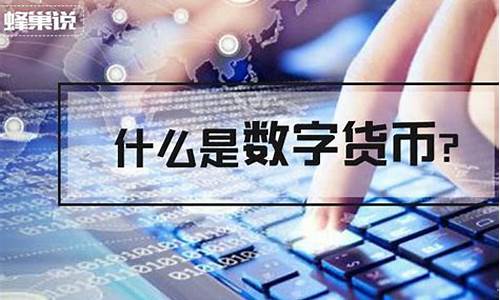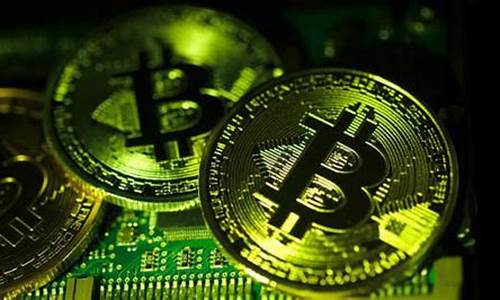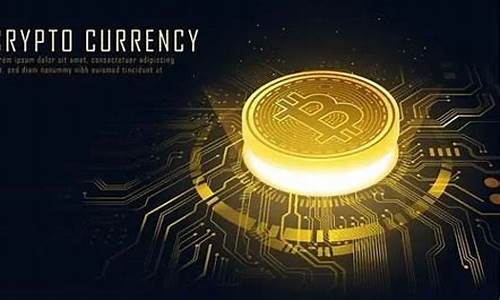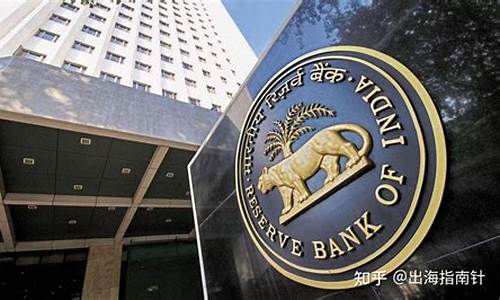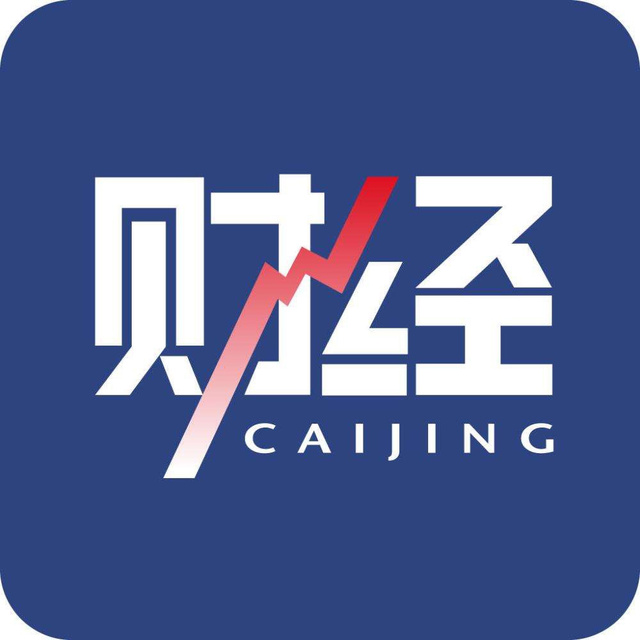
The Future of IoT Digital Currency
As technology continues to advance, the Internet of Things (IoT) has become a major player in our daily lives. From smart homes to connected cars, the IoT has revolutionized the way we interact with the world around us. One area where this technology is set to have a major impact is in the world of digital currencies.
Digital currencies, also known as cryptocurrencies, are a type of virtual currency that use cryptography for secure financial transactions. They operate independently of central banks and are decentralized, meaning they are not controlled by any government or organization. In recent years, there has been growing interest in digital currencies, particularly Bitcoin, which was created in 2009.
One potential application for digital currencies in the IoT is through the use of blockchain technology. Blockchain is a decentralized ledger that records all transactions made on the network. It is highly secure and transparent, making it an ideal platform for digital currencies. By using blockchain technology, IoT devices could be able to make secure and anonymous transactions without the need for intermediaries like banks.
Another potential application for digital currencies in the IoT is through the use of smart contracts. Smart contracts are self-executing contracts with the terms of the agreement between buyer and seller being directly written into lines of code. They can be used to automate complex processes and ensure that all parties involved in a transaction are held accountable. By using smart contracts, IoT devices could be able to conduct transactions automatically without the need for human intervention.
Despite these potential benefits, there are also several challenges that must be overcome before digital currencies can become widely adopted in the IoT. One of the biggest challenges is scalability. As more devices become connected to the internet, the amount of data generated will increase exponentially. This will put a strain on existing infrastructure and require new solutions to be developed.
Another challenge is security. Since digital currencies operate independently of central banks, they are not subject to the same level of regulation as traditional currencies. This makes them vulnerable to hacking and other forms of cyber attacks. To address this issue, developers will need to develop new security measures to protect against these threats.
In conclusion, the future of IoT digital currencies is promising but uncertain. While there are many potential benefits to using digital currencies in the IoT, there are also several challenges that must be overcome. As technology continues to advance, it will be interesting to see how digital currencies evolve and how they are integrated into our interconnected world.


